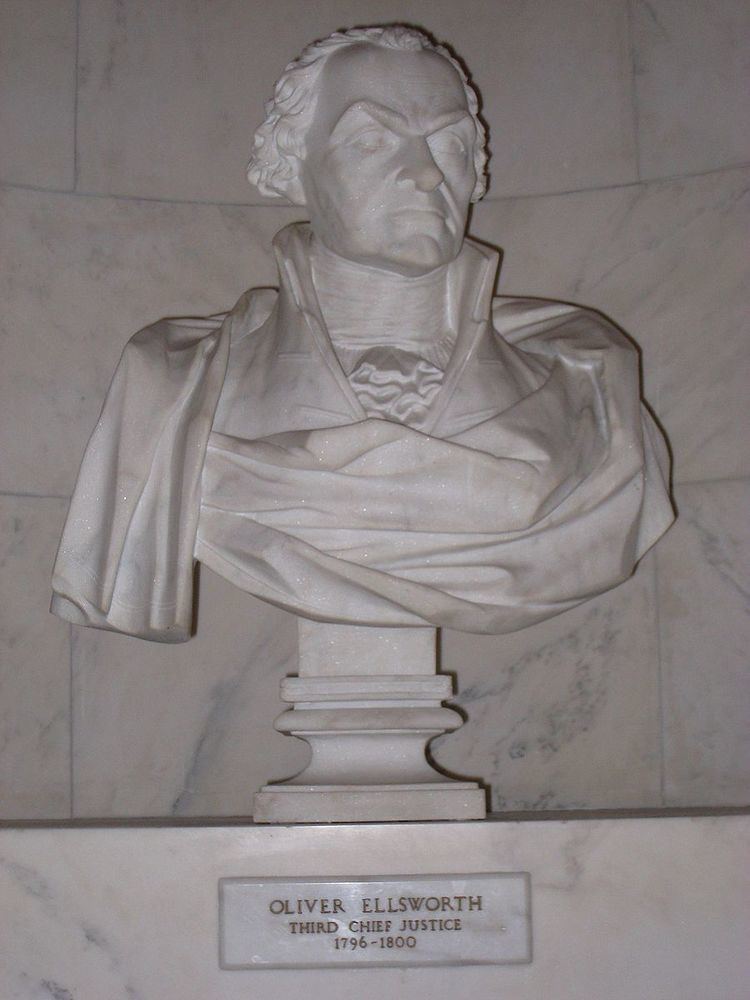Nationality American Name Hezekiah Augur | ||
 | ||
Died January 10, 1858, New Haven, Connecticut, United States | ||
Hezekiah Augur (February 21, 1791 – January 10, 1858) was an early American sculptor and inventor. He was a self-taught sculptor and, unlike many other 19th-century sculptors, did not travel to Europe, but spent his entire career in New Haven.
Augur was born in New Haven, Connecticut. The son of a carpenter, he learned his trade as a woodcarver, carving table legs and other furniture ornament. Borrowing $2,000 from his father, he was invited to join a grocery store business venture. Three years later he discovered, to his shock and amazement, that not only was his money gone, but that he owed his partners $7,000. While thus engaged he invented a lace-making machine that lifted the financial burdens that he had assumed and thus allowed him to take up carving full-time. Around that time he also invented a machine for carving piano legs. He switched to marble later in his career, being among the first native born Americans to do so.
Augur's bust of Supreme Court Justice Oliver Ellsworth (c. 1837) is housed in the Old Supreme Court Chamber in the United States United States Capitol. A portrait of Alexander Metcalf Fisher (c. 1827) and a neo-classical grouping, Jephthah and His Daughter (ca. 1832), are in the Yale University art collection, and in 1833 Auger received an honorary degree from Yale University. He died on January 10, 1858 in New Haven and is buried in Grove Street Cemetery. He was a member of the Connecticut Academy of Arts and Sciences.
